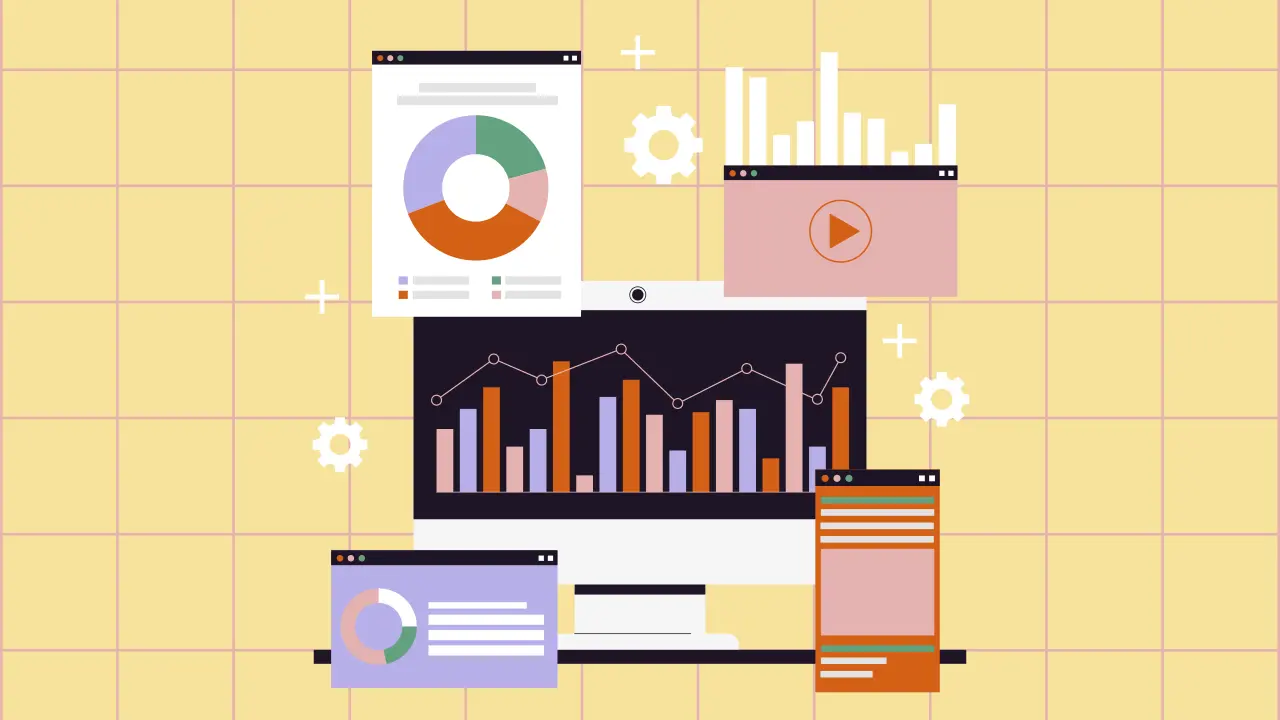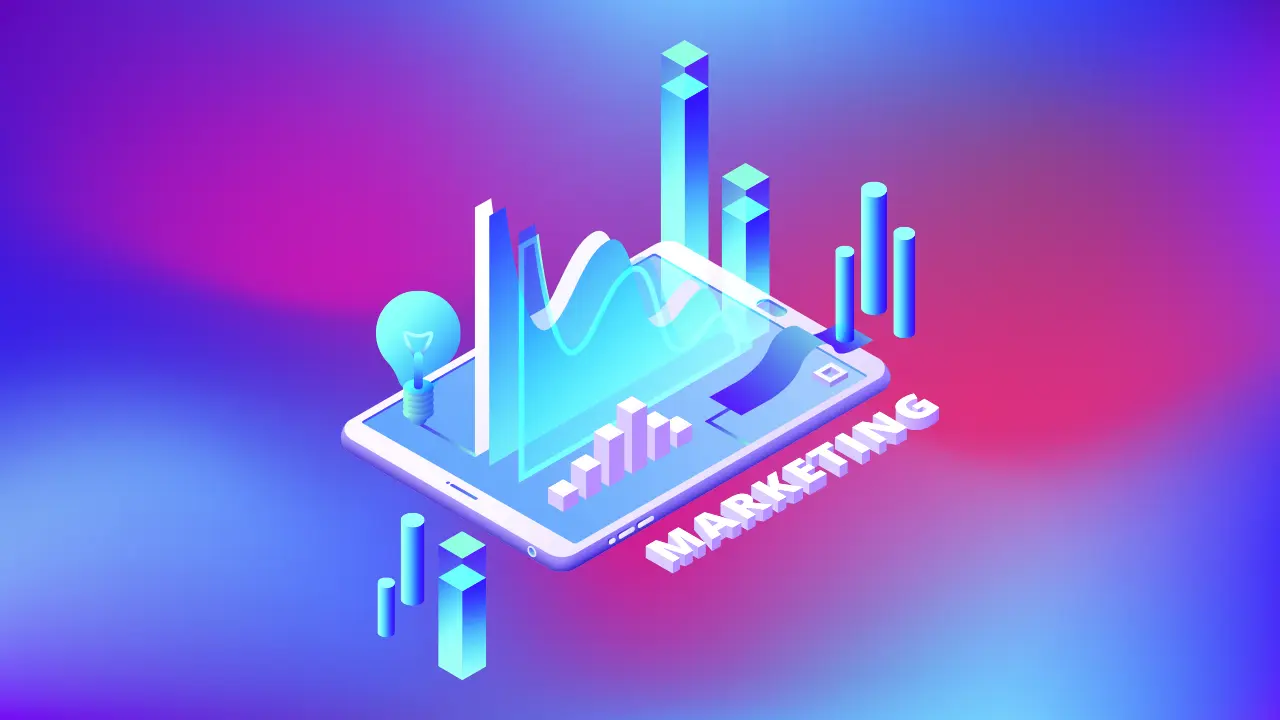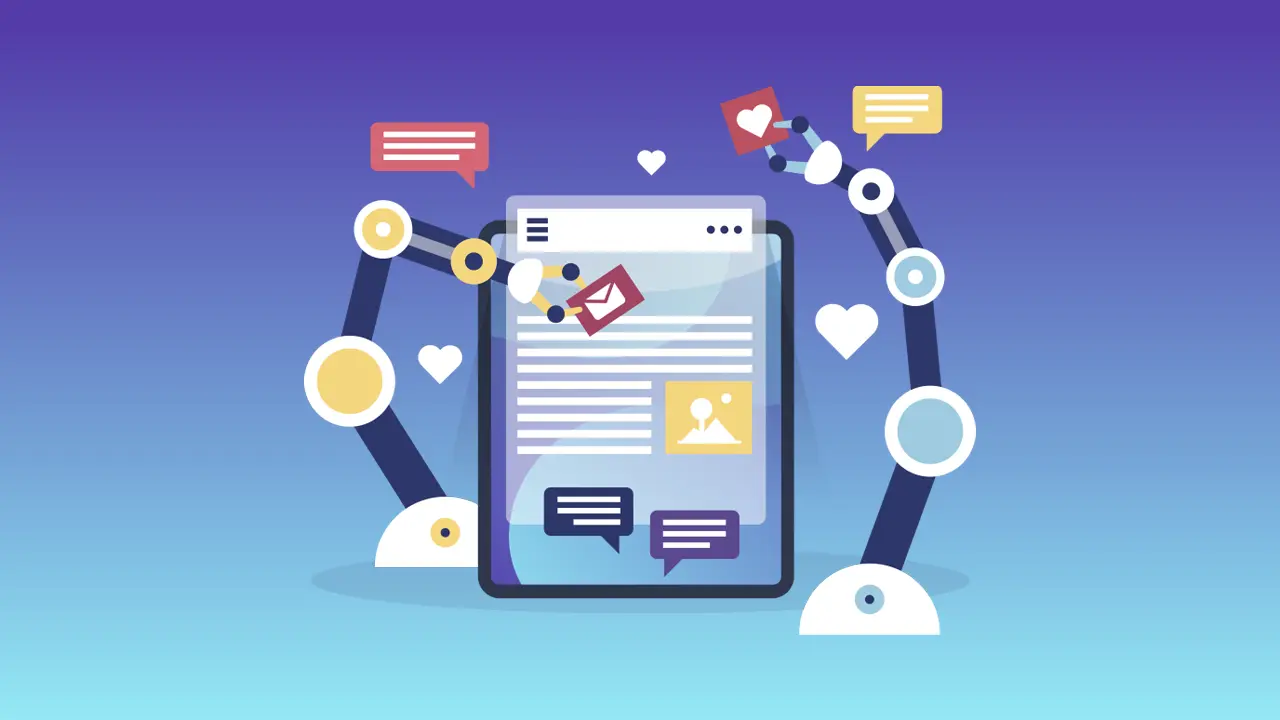In today’s digital landscape, generative AI and marketing are becoming inseparable.
By leveraging generative AI, marketers can scale content production, personalize customer journeys, and ultimately drive more website traffic than ever.
Why generative AI is a game‑changer for marketing

Generative AI and marketing is not just a trend — it’s a powerful force reshaping how brands create, distribute, and optimize content.
According to recent data, a growing share of marketing teams are adopting these tools: a survey by Gartner found that 73% of marketing teams now use generative AI.
Meanwhile, Salesforce reports that many marketers are already using AI to:
- Draft copy and creative assets (76%)
- Brainstorm new campaign ideas (71%)
- Analyze market data (63%)
- Generate image assets (62%)
These statistics show that generative AI and marketing isn’t just experimental — it’s deeply integrated into the daily workflows of high-performing teams.
Top generative AI use cases in marketing

There are many generative AI use cases in marketing, but some stand out when it comes to increasing traffic and building meaningful engagement. Here are a few key applications:
Content creation and ideation
With generative AI, teams can produce drafts of blog posts, social media captions, email campaigns, and more — fast.
Personalization at scale
Generative AI enables hyper-personalized content based on customer data — whether it’s customizing email messaging or dynamically generating landing page copy.
This level of personalization helps improve conversion rates and retention.
Creative asset generation
Brands are using tools like Midjourney, DALL‑E, and Firefly to generate visuals for ads, social media, and web — cutting down costs and turnaround time.
For instance, Klarna reportedly saved $10 million annually by using GenAI to create imagery, reducing outsourcing and speeding up production.
Campaign testing and optimization
By generating multiple versions of creative assets or copy, marketers can quickly run A/B tests, optimize headlines, and fine-tune messaging — all without starting from scratch.
Market research and data analysis
Generative AI can analyze customer and market data to spot trends, generate insights, or simulate customer behaviors.
These insights can feed back into your content strategy, making it more targeted.
How generative AI and marketing drive more traffic

Putting the right gen AI in marketing strategy into action can translate into real traffic gains. Here’s how:
- More content, more touchpoints: When you can generate blog posts, emails, ads, and social content at scale, you increase the number of entry points for audience engagement.
- Improved SEO: AI-generated content can help with keyword-rich drafts, meta descriptions, and topic ideation — fueling your organic SEO efforts.
- Enhanced personalization: By automatically customizing content based on user data, generative AI helps deliver more relevant messaging, which boosts engagement and reduces bounce rates.
- Faster iteration: With A/B testing made more efficient through AI-generated variants, you learn what resonates with your audience more quickly, boosting conversion rates and retention.
- Cost efficiency: Generative tools can lower the cost of creative production (like imagery), freeing up budget to reinvest in strategy, paid channels, or scaling content output.
Key benefits of using generative AI in marketing
When you combine AI digital marketing with generative AI, you unlock a set of powerful advantages:
- Efficiency: Free up your team’s time by reducing repetitive tasks — so they can focus on strategy and high-level innovation.
- Scalability: Produce a high volume of content and visuals quickly, supporting campaigns across more channels.
- Personalization: Deliver tailored messages to different audience segments at scale, improving relevance and performance.
- Experimentation: Rapidly test multiple creative versions, learn what works, and refine your campaigns more effectively.
- Cost savings: Lower production costs by automating content and asset generation.
These are among the benefits of AI in marketing that forward-thinking teams cite as the biggest drivers of ROI.
Challenges and best practices
As with any technology, generative AI and marketing comes with challenges. To use it well, consider these best practices:
- Maintain brand voice: AI can generate lots of content, but brand consistency still matters. Always review and edit to ensure the tone and style align with your brand.
- Avoid hallucinations: AI models may generate inaccurate or misleading content. Use data verification and fact-checking before publishing.
- Manage ethical risks: Some AI outputs may contain bias. Be mindful of fairness, and monitor generated content for sensitive or problematic themes.
- Blend human and AI collaboration: The best results often come when marketers guide AI with clear prompts, then refine and adapt outputs rather than accepting them as-is.
- Track ROI carefully: Set up measurement frameworks to assess performance — not all use of AI will yield equal value, and some may not drive traffic or engagement as expected.
Real-world example: brand success with generative AI

One compelling example of generative AI and marketing in action comes from a fintech company.
Klarna reportedly used GenAI tools like Midjourney and DALL-E to generate images for its app and marketing campaigns, cutting costs and accelerating production.
The company reduced the design development cycle from weeks to days and saved millions, while still scaling visual content to match promotions like seasonal retail events.
Future outlook: scaling with generative AI and marketing
Looking ahead, the role of generative AI and marketing will only grow. As adoption spreads and tools become more sophisticated, we can expect:
- Greater integration with martech stacks and marketing automation platforms.
- More advanced personalization powered by generative models that understand individual customer behavior.
- Expansion into new formats, like AI‑driven video scripts and voice content.
- Wider use of AI-generated ad variants for real-time optimization.
- Ethical and governance frameworks becoming standard as brands mature in their GenAI strategies.
Bonus tool for voice content generation

For marketers interested in audio content as part of their generative AI strategy, using an AI voice generator can be a smart move.
Tools like Typecast let you convert your written content into spoken word — great for podcasts, voice-overs, or social audio ads — helping widen your reach and engage audiences in new formats.
Conclusion
Embracing generative AI and marketing is no longer optional — it’s a strategic imperative for brands serious about scaling, innovating, and driving quality traffic.
By leveraging gen AI in marketing for content creation, personalization, and asset production, you unlock new ways to connect with your audience.
And by understanding generative AI use cases in marketing, you can apply the right tools to the right problems.
Yes, there are risks.
But with thoughtful governance, human oversight, and a clear measurement framework, the upside far outweighs the concerns.
As the field evolves, brands that adopt generative AI thoughtfully and strategically will lead the way — attracting more visitors, engaging more deeply, and converting more effectively.









